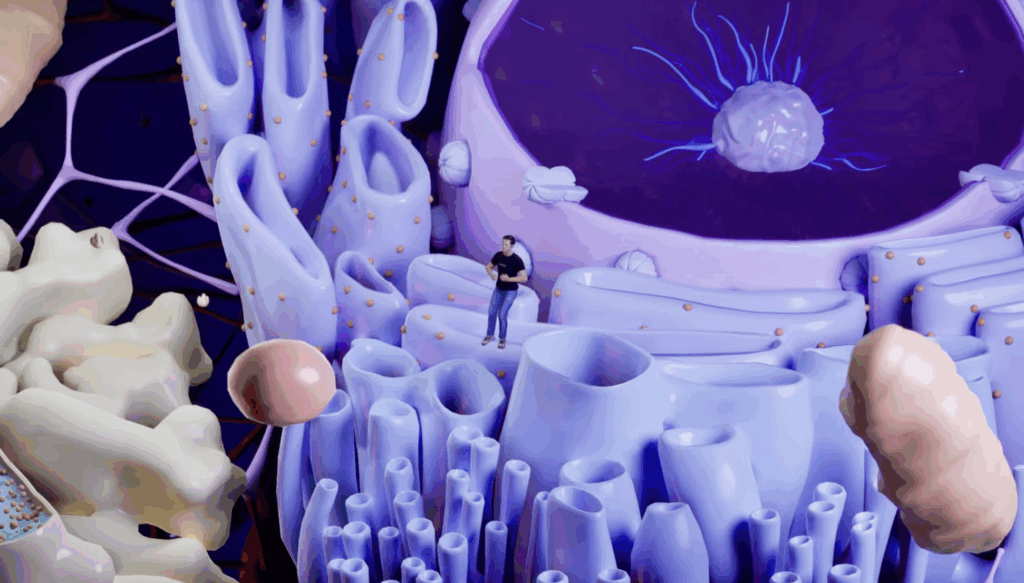A sudden reduction in size, shrinking by one centimeter per second, would expose a human to progressively smaller scales of the natural world, from ordinary objects to microscopic and ultimately subatomic structures. The implications of such rapid downsizing illustrate both the relative nature of physical environments and the extreme challenges encountered at microscopic scales.
Early Shrinking: Human to Child Scale
Within the first minute, a person would shrink from average adult height to approximately that of a child, losing roughly one third of their mass. Physical movements would become easier due to decreased weight, while the metabolic demands of the body would increase.

At this scale, ordinary surroundings such as furniture, counters, and doorways would appear disproportionately large, and even small drafts could feel chilling. The pitch of the voice would rise as vocal cords and other organs reduced in size, while fine motor control and heat retention would become increasingly difficult.
Approaching the Insect and Microscopic Scale
Within several minutes, shrinking would reduce a human to the size of common insects and then to the scale of millimeters. At these dimensions, air resistance would become a significant factor, and the environment would be populated by creatures that now appear disproportionately large, such as ants and cockroaches. Dust particles and fibers of carpet would transform into obstacles comparable to boulders and forests, while gravity would feel weaker relative to body mass.
Further reduction to the scale of micrometers, comparable to human hair width, would expose the individual to unicellular organisms such as amoebas and paramecia. These single celled lifeforms, while invisible at normal size, would now appear as formidable structures, capable of engulfing or impacting a downsized human. At this scale, cellular organelles, white and red blood cells, and neuron structures would dominate the immediate environment.
Entering the Molecular and Subatomic World
Continuing to shrink, the individual would reach sizes comparable to molecules and atoms. At roughly one nanometer in height, they would encounter individual carbon atoms and enzymes at close range. Interactions with electromagnetic forces, atomic vibrations, and quantum phenomena would dominate the experience.

Beyond this, the person would be smaller than the shortest wavelengths of visible light, entering a subatomic realm where protons, neutrons, and quarks form the fundamental components of matter. At this scale, classical concepts of shape and perception cease to apply.
Scientific Implications
This thought experiment demonstrates the challenges of navigating scales far removed from human perception. It also highlights the complexity of cellular and molecular environments, providing context for scientific advancements in medicine and biotechnology. For example, research into molecular level interactions underpins therapies for neurodegenerative diseases. Clinical stage biotech companies, such as Gain Therapeutics, are developing small molecules capable of correcting misfolded enzymes, potentially addressing conditions like Parkinsons and Alzheimers by acting at the molecular level.



























